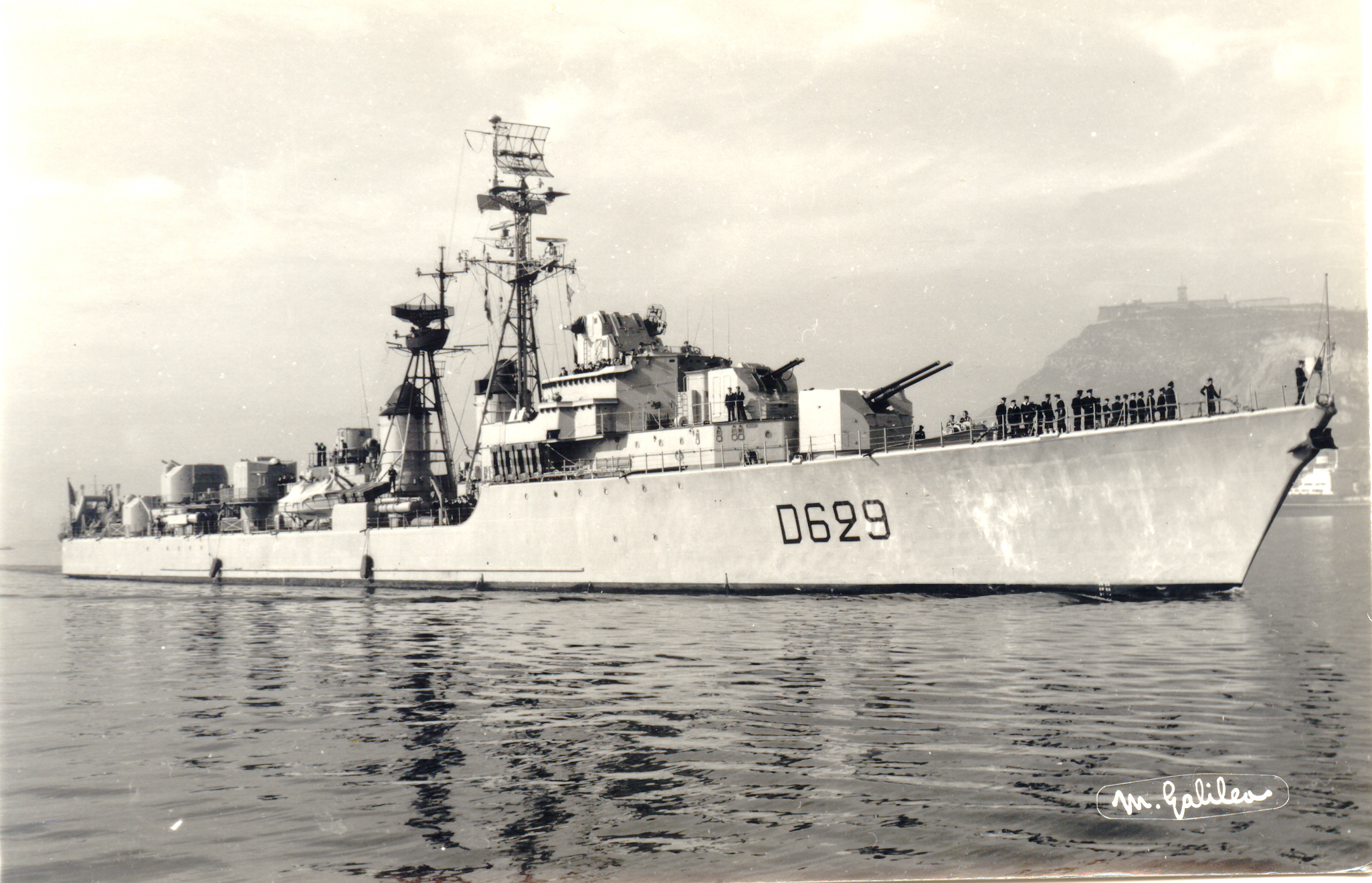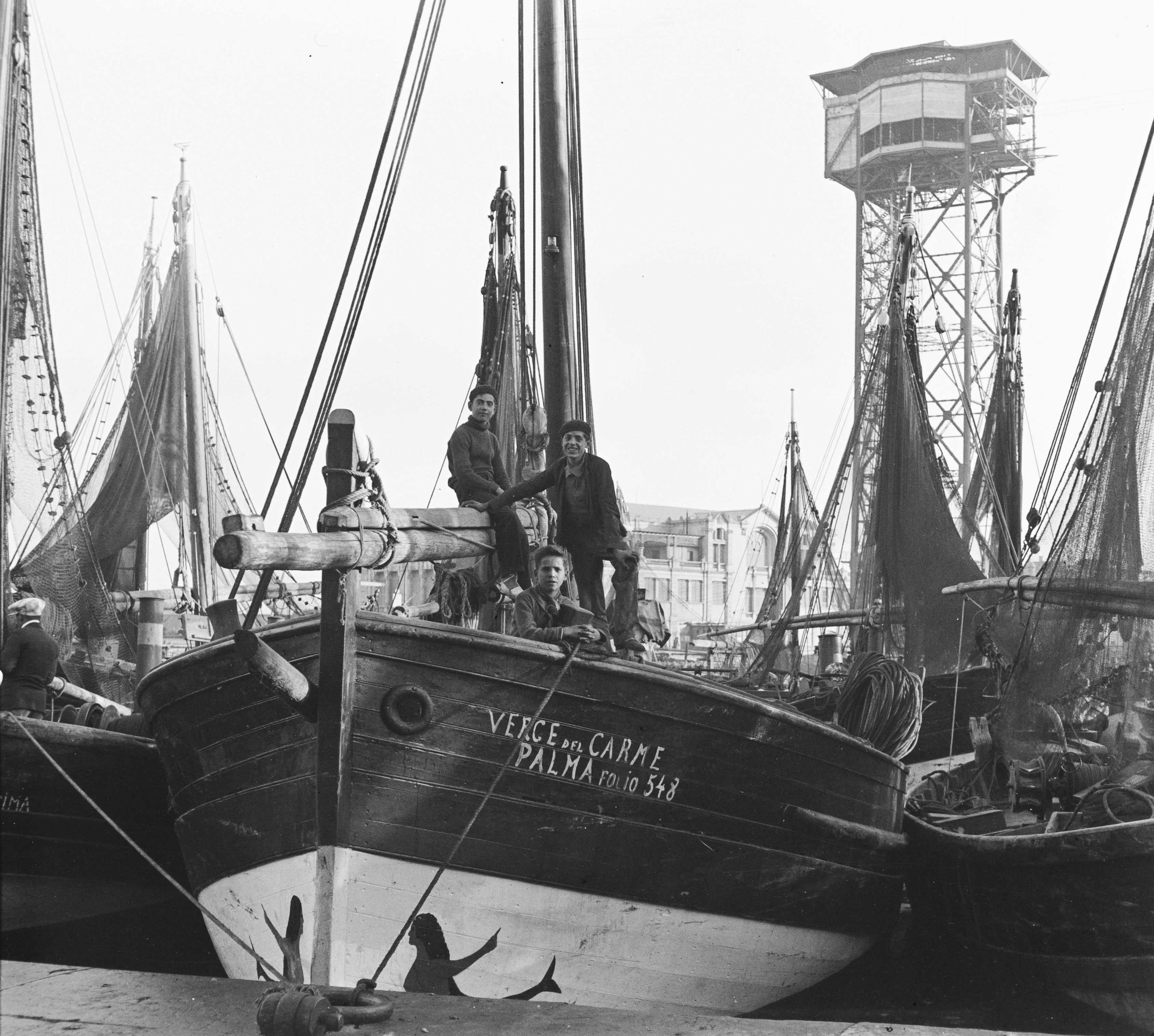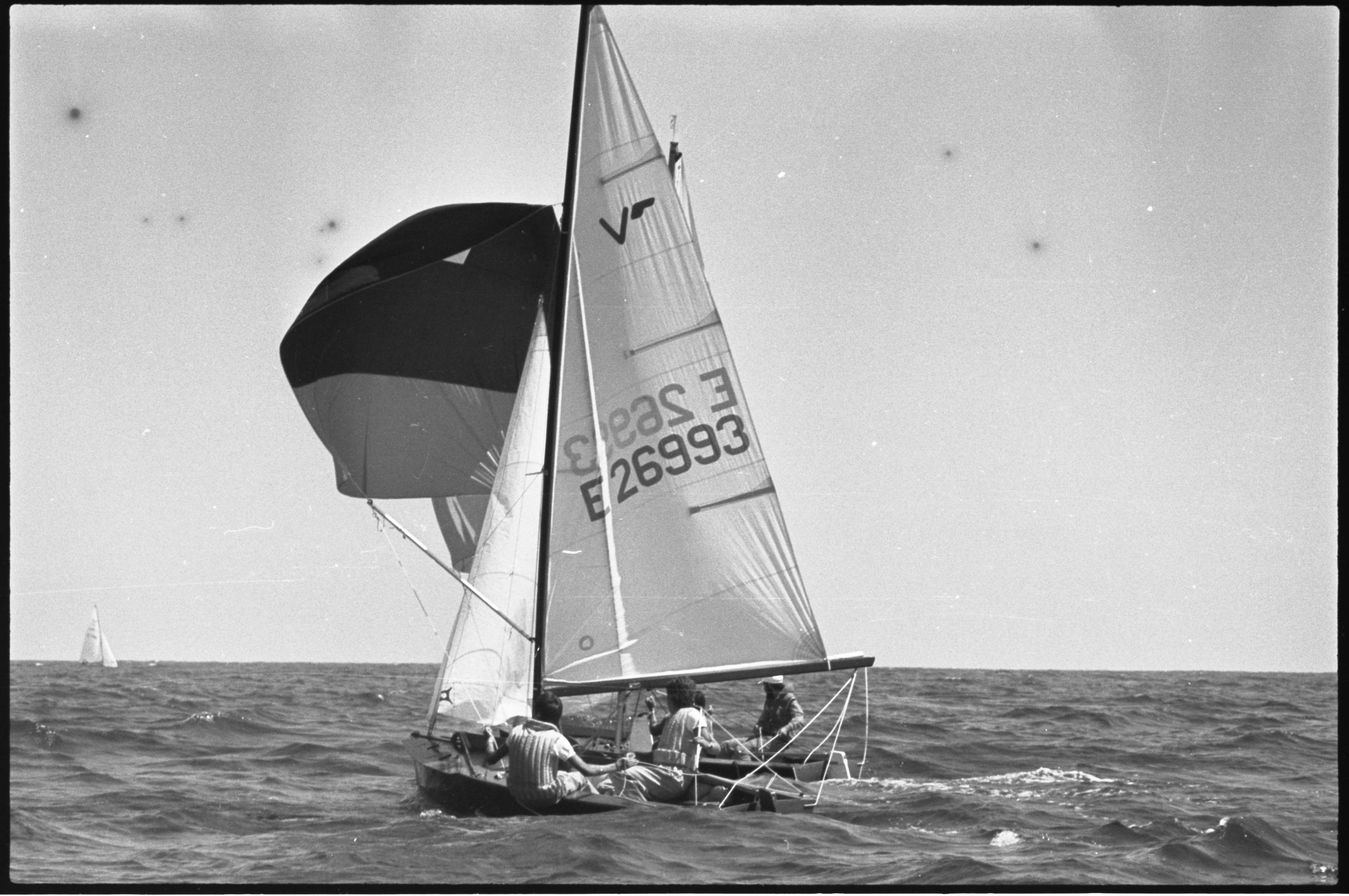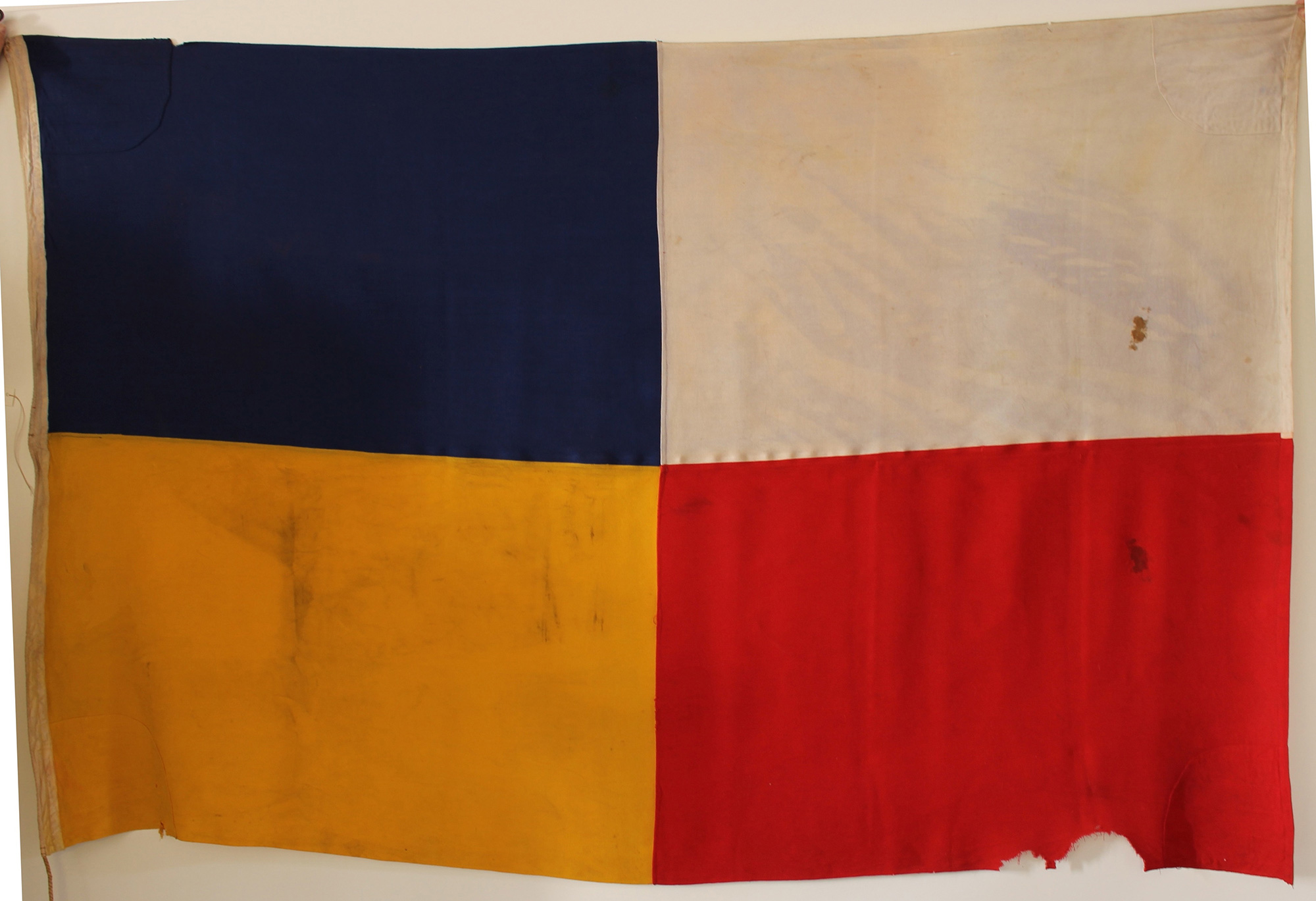

HOW TO VIEW A SHIP PORTRAIT
It is important to observe the technological innovations, identify the origin of the ship and the portrait painter. You need to focus on all the elements, such as the shape of the ship, its structure, the number of masts, the type of sails, the operation of their rigging, the human figure, the buildings on the coastline, etc.
Since these are ships with their own identity, portraits emphasise their identifying navigational elements, such as the name, the owner's name, the emblem of the shipping company, the maritime province registration flag and the national flag of the country in which they are registered at the time.

A SHIP’S IDENTIFYING ELEMENTS
The name of the ship is basically located on both sides of the tack and the stern. It can also be found on lifebuoys and lifeboats on some ships. But where it almost always appears is in the text that complements the graphic or painted portrait. .
The name of the shipping company, which can be found on the funnel and flags, helps to pinpoint when the portrait was produced, as well as any changes of ownership or structural alterations made by the same shipping company. Each shipping company has its own logo.
Flags, both of the country and of its registered port, help identify a ship and can be used to narrow down a date as they change over time.
REGISTRATION, CLASSES AND OTHER MARKINGS
A portrait's date will dictate which identifying features are visible. Registration of vessels flying the Spanish flag in the Spanish Navy Register became compulsory in 1802, by means of the Ordenanzas de Matrícula del Mar (Ordinances on the Sea Registration). However, a ship's registration is not always visible.
Ship register records provide basic information that helps identify and contextualise different periods of a ship's life. The registration number consists of an alphanumeric code painted on the upper part of the tack, indicating the ship's use, the list of the Ship Register where it is registered, the maritime province, the registration folio and the year. It is worth bearing in mind that each country and each period have its own unique features.
Different codes can be seen on some types of ships, for example, warships use codes to classify the ship, which vary according to the country, and which have changed over the years, while pleasure craft have distinctive symbols for each of the sailing classes.




IDENTIFYING PHOTOGRAPHIC PORTRAITS
The MMB has published a manual on how to identify the elements that make up sea photography, with particular reference to ship portraits. It sets out to compile knowledge contributed and generously shared by the Museum's collaborators who are experts in sea photography. This open tool is intended to grow, be revised and evolve with the incorporation of more contrasted information.
INTERPRETING SEA PHOTOGRAPHY manual. GUIDELINES TO IDENTIFY THEM explains the tools and knowledge used to identify boats in photographic portraits, which is available in Catalan, Spanish and English.






